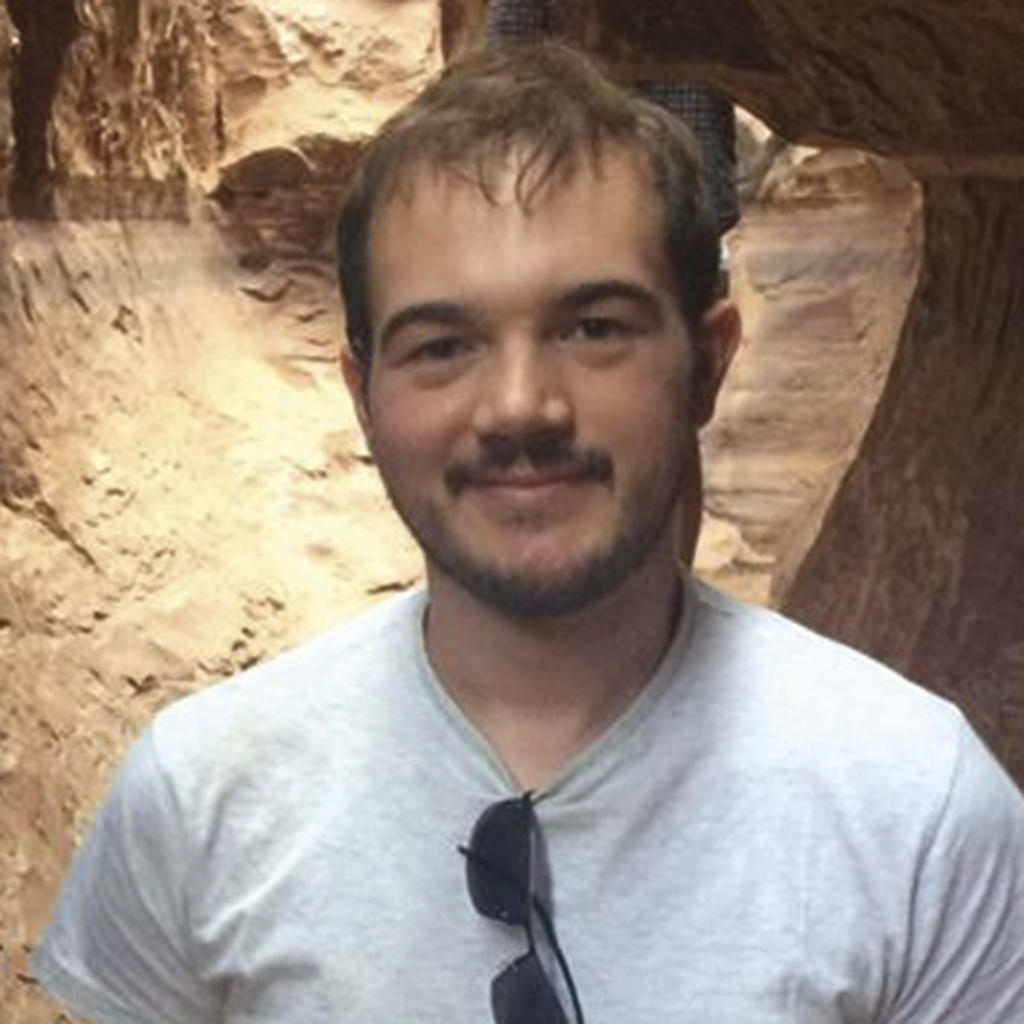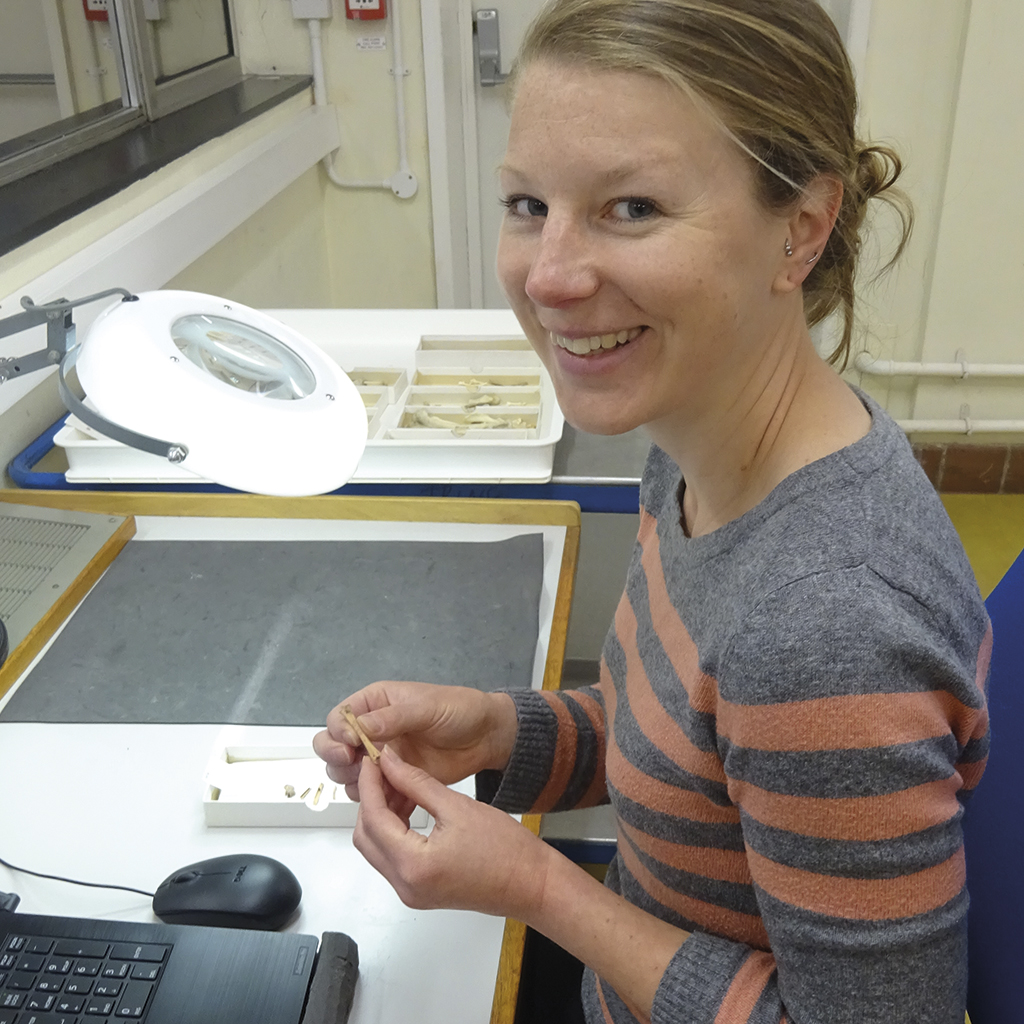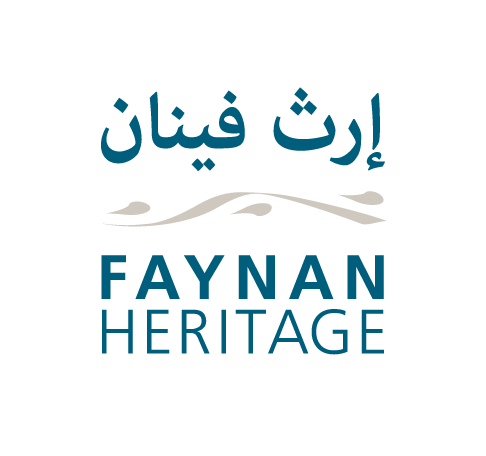Introduction to the Birds of Faynan: Past and Present
Birds dwell at the heart of human experience, furnishing us with an imaginative and symbolic resource that is as limitless as their fund of flesh and feathers. Birds often seem so much more intensely alive than we are. Birds walk on the Earth on two legs, just as we do, but then they perform something we never have. They rise up and fly away.
Mark Cocker, Birds and People, 2013
Welcome from Steven Mithen, Fares Khoury, Ben Greet, Judith White and Nebras Maslamani
We have combined our expertise in ecology, archaeology and cultural heritage to bring you this celebration and guide to the birds of Faynan and some of the ways they have inspired artists, poets and story-tellers throughout the history of Jordan. We have done so out of our own love of birds and for this beautiful corner of Jordan, to help you enjoy your visit to Faynan, and to help protect its habitats and birds for future generations.
Enjoy birds. Look after them. Be inspired.
This is a celebration of the birds of Faynan. Extending from the narrow wadis at the edge of the Jordanian plateau in the east, to sandy deserts and the Tassan spring in the west, Faynan is a beautiful corner of Jordan where 187 different species of birds have been seen. Forty-two of these are resident all year round, while the others pass through during their spring and autumn migrations. The birds range from small ground nesting larks to huge soaring vultures, from emerald sunbirds and multi-coloured hoopoes, to owls, ravens and sandy coloured larks. This diversity reflects the variety of local habitats and the location of Faynan on the Rift Valley migratory route between Africa and Europe.
Archaeological excavations at the 12,000–10,000 year old Neolithic settlement of WF16 have shown that there were once even more types of birds in Faynan than today, at least 23 additional species. At that time, there were many more trees across the landscape and water flowed along the wadis all year round. The more arid landscape of today is partly a consequence of climate change that reduced and changed the pattern of rainfall. It is also a result of human activities from prehistoric times to the modern day. These have included clearing land for farming, re-directing water for irrigation, felling trees for fuel, copper mining and constructing roads. While this activity led to impressive cultural achievements, as evident from the archaeological remains in Faynan, it also destroyed natural habitats and reduced the abundance and diversity of birdlife.
Habitat destruction and degradation is on-going in Faynan as agricultural development continues, livestock grazing intensifies, new roads are constructed and settlement expands. Finding a way to balance the much-needed economic growth with the equally essential nature conservation is a challenge not only for Faynan but for the whole of Jordan, and indeed the world. One contribution is to ensure that we appreciate the natural habitats and the birds they support to avoid their inadvertent loss; another is to recognise the roles that birds themselves have played in human culture.
We feature 87 of the birds that currently breed in Faynan, 23 birds from the Neolithic period in Faynan that are no longer present, and a selection of the passage migrants. We illustrate some of the Neolithic bones which often show cut marks from stone tools that indicate how the birds had been skinned, and their feathers and claws removed. We also describe how many of these birds have inspired artists, poets and story-tellers throughout the history of Jordan.
By celebrating the birds of Faynan and showing how cultural, social and individual well-being would be so much the poorer without them, we hope to make a contribution towards their conservation.
Birds of Faynan was made possible by the ‘People & Birds of the Southern Levant’ project funded by the Arts & Humanities Research Council, UK. We are grateful for the support from colleagues at the University of Reading, CBRL’s British Institute, Jordan Birdwatch and the people of Faynan.

Steven Mithen is Professor of Archaeology at the University of Reading, UK

Fares Khoury is Professor of Animal Ecology and Ornithology at the American University in Madaba, Jordan, and co-founder of the Jordan BirdWatch Association

Dr Ben Greet is a classicist and archaeologist, specialising in the cultural attitudes towards birds in prehistoric and classical societies

Judith White is a curator within the Bird Group at the Natural History Museum, UK

Nebras Maslamani is at the CBRL’s British Institute working in cultural heritage management for sustainable development in Jordan


